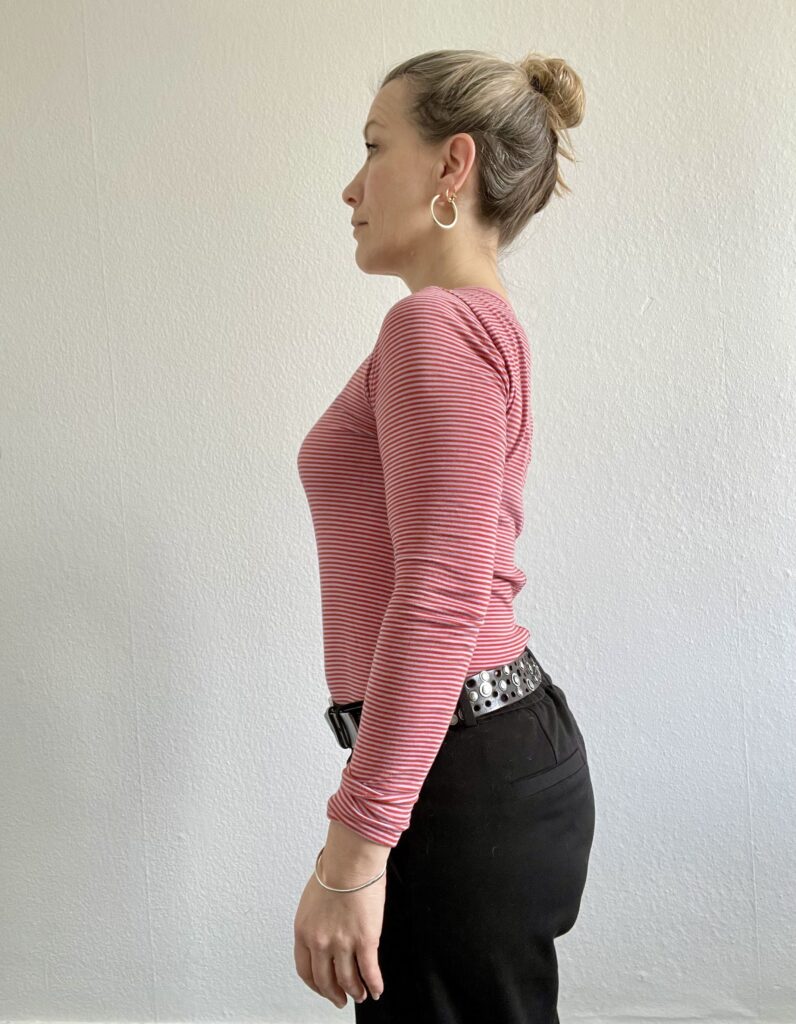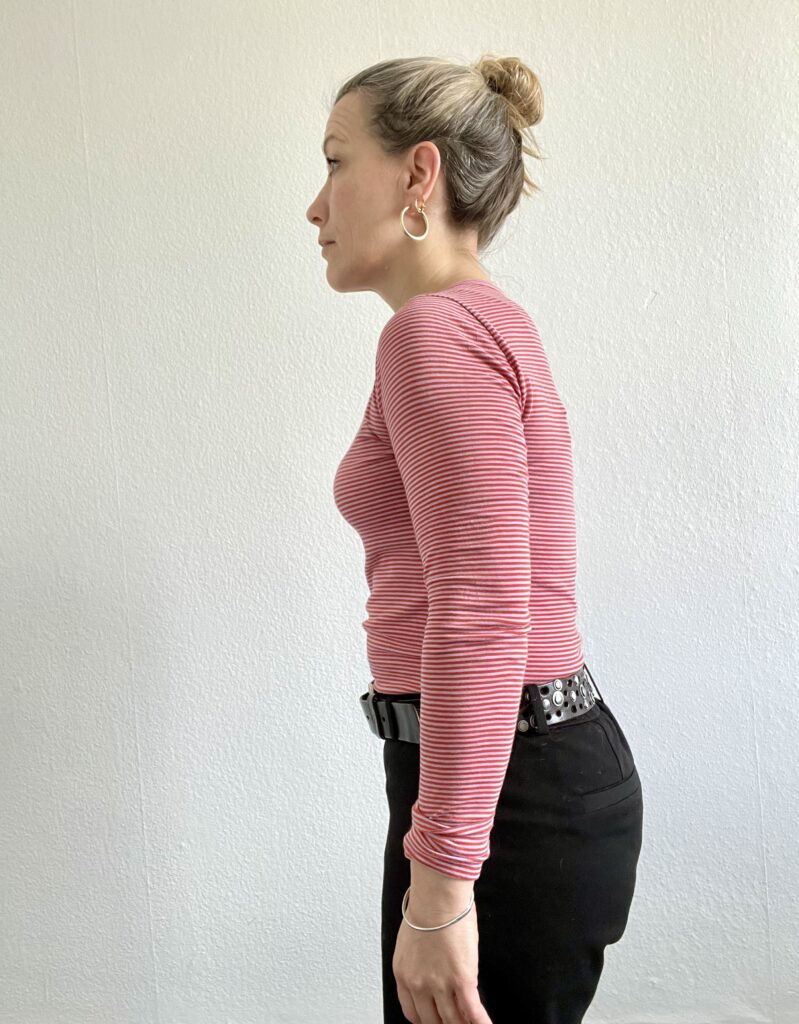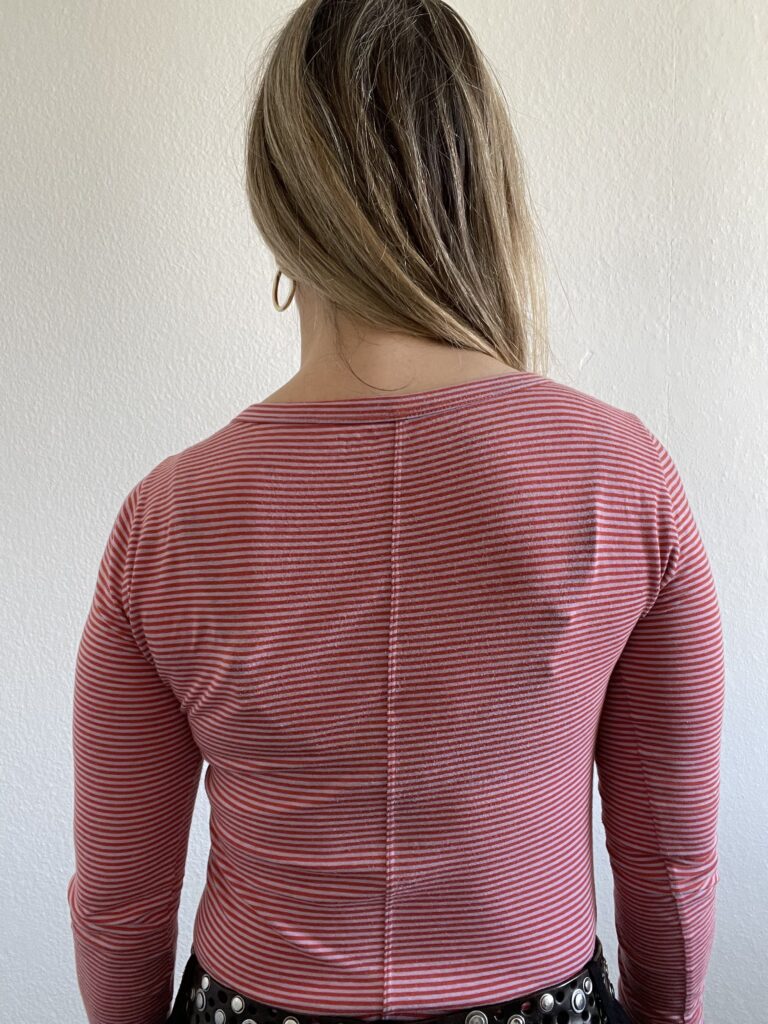Your Body’s Posture Tells a Story
Most of us have a preferred posture, the way we stand, move, or carry tension without thinking. These postural patterns are automatic, your nervous system learned along the way to help you act, protect, or adapt. These habitual patterns can become held too tightly, paving the way for pain or discomfort over time. Somatic Movement, developed by Thomas Hanna, teaches you to recognise and release the tension that can restore freedom, balance, and comfort from the inside out.
Somatic Movement’s Three Core Patterns
Thomas Hanna identified three recurring muscular patterns that show up in most people. Each is linked to a different muscular holding pattern. Once you recognise your pattern, you can begin to retrain it through Somatic Movement.
1. The Green Light Pattern: “Go, Go, Go” Mode

This pattern contracts the extensor muscles of the back, the ones that help you lift, straighten, and propel yourself forward.
It’s driven by the Landau reflex, the neurological readiness for action.
How it feels:
You’re upright, alert, often leaning slightly forward into life. You might feel driven, productive or overly switched onto alert, but also tight through the lower back, neck, or shoulders.
Common signs:
- Arched lower back
- Belly slightly pushed forward
- Shoulders pulled back
- Tight calves or hamstrings
- Tension between the shoulder blades
How it develops:
Constant “doing” answering emails, pushing through long days, staying on high alert, and responsibility keep these muscles switched on. Over time, they forget how to relax.
Somatic focus:
Releasing the Green Light pattern restores natural spinal curves, ease in walking, and calm in the nervous system.
2. The Red Light Pattern: “Protect and Withdraw”

This pattern contracts the flexor muscles at the front of the body, from brow to chest, abdominals to thighs. It’s our startle and protect response, designed to curl us inward when we feel unsafe or overstimulated. It also happens when we spend time hunching over our devices.
How it feels:
You may feel slouched or closed-in, especially after long hours at a screen or when stressed. Energy and breathing feel restricted.
Common signs:
- Rounded upper back
- Drooping shoulders
- Forward head
- Collapsed chest
- Short, shallow breathing
How it develops:
Ongoing stress, emotional strain, or sedentary habits reinforce this protective pattern. The brain learns it as the “new normal.”
Somatic focus:
Gentle movements that move into and out of the tension on the front of the body, which aim to gently encourage lengthening in the muscles, open up and restore upright posture, and promote deeper breathing.
(Image suggestion: person sitting at desk, shoulders curved forward, head jutting forward. Alt text: “Example of Red Light postural pattern.”)
3. The Asymmetric Pattern: “The One-Sided Response”

Also called the Trauma Pattern, this shows up when muscles on one side of the body are more contracted than the other, often following injury, surgery, or repetitive one-sided activity.
How it feels:
You might notice one shoulder higher, a hip shifted, or a twist through your torso. Movement may feel uneven or unbalanced.
Common signs:
- One hip or shoulder higher than the other
- Uneven step or gait
- Difficulty rotating or turning one way
- Chronic one-sided tension
How it develops:
After injury or habit (carrying bags, holding a child, working on one side), the brain unconsciously shortens muscles on one side to “protect.”
Somatic focus:
Through slow, mindful movement, Somatic education helps make unconscious movement conscious again so that you can target those muscles that rotate or bend the body to one side.
Recognising Yourself Is the First Step
Everyone has elements of all three patterns, but usually, one dominates. Awareness is the beginning of change. Once you can feel your body holding tension, you can start to specifically target those muscles involved in holding patterns that prevent freedom of movement.
This is where Somatic Movement start to reconnect your brain and body through slow, sensory learning so that movement becomes smooth, balanced, and pain-free again.
About BodyMindBrain:
At BodyMindBrain, we help you break free from the cycle of stress and fatigue and rebuild the capacity to perform at your best. Our integrated system restores balance across mind, brain, and body, helping you recover faster, think clearer, and stay stronger under pressure.
Modern life keeps the sympathetic nervous system switched on, draining focus and slowing recovery. Using advanced, science-backed technologies, we retrain the systems that drive resilience, optimising nervous system regulation, oxygen efficiency, mitochondrial health, and physical strength.
Alongside this, we rebuild the psychological and lifestyle foundations that sustain energy, and protect long term wellbeing.
